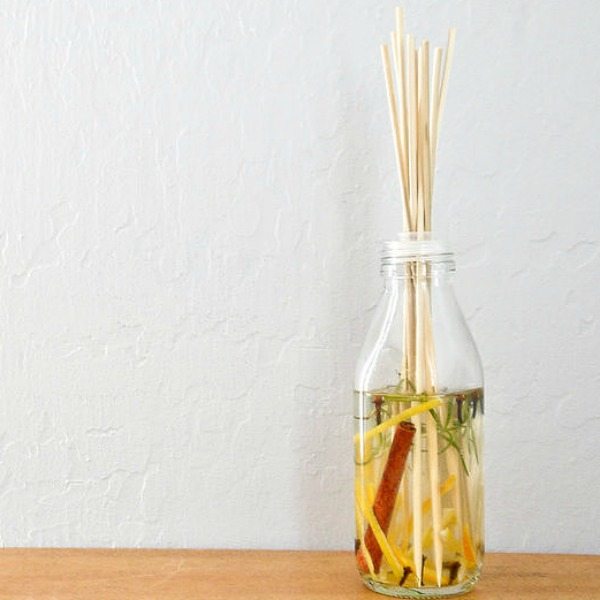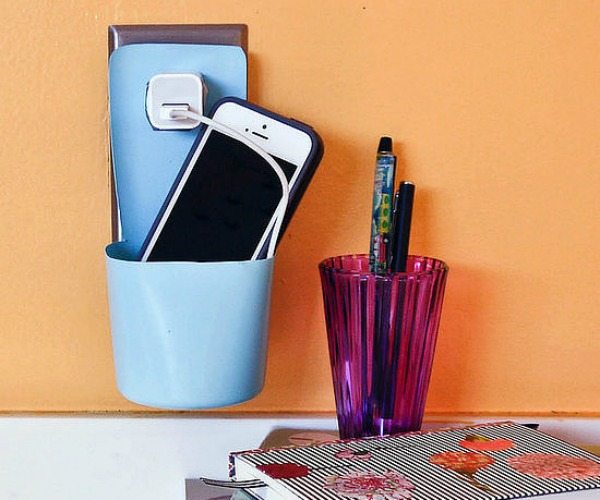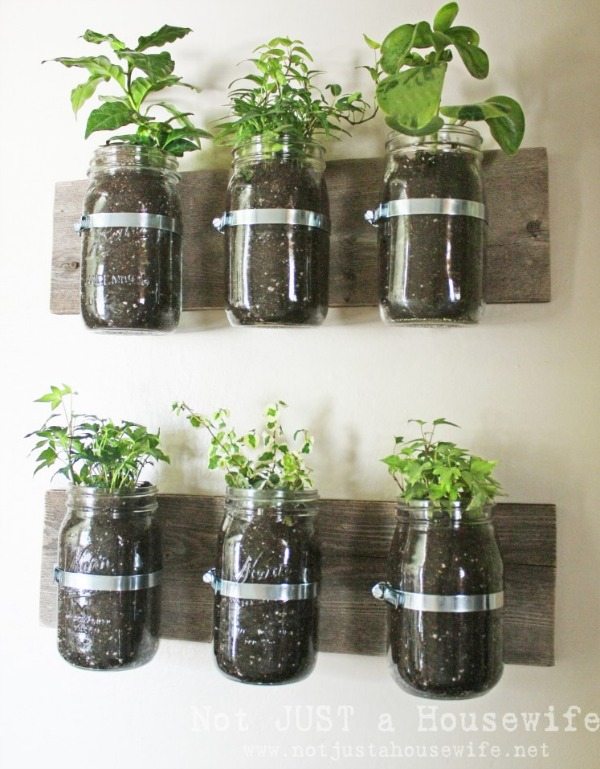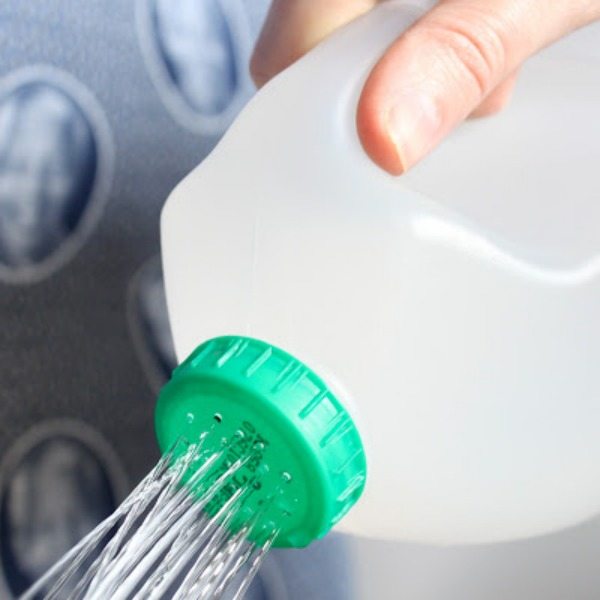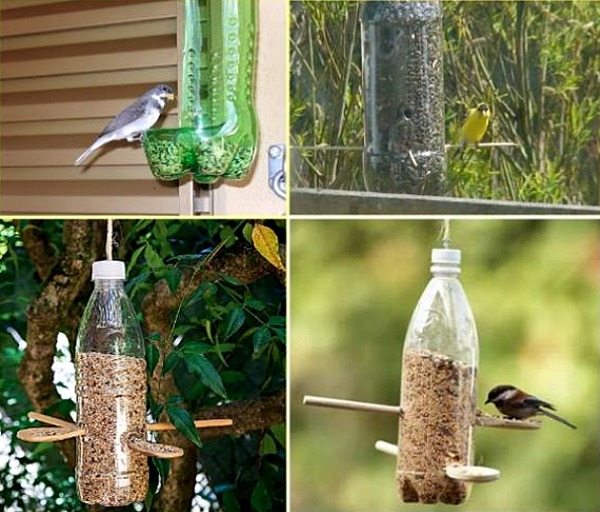Humans have a big problem: we love stuff. The rate at which we’re using the world’s resources is unsustainable – so it’s time we do all we can to tread lightly on the environment.
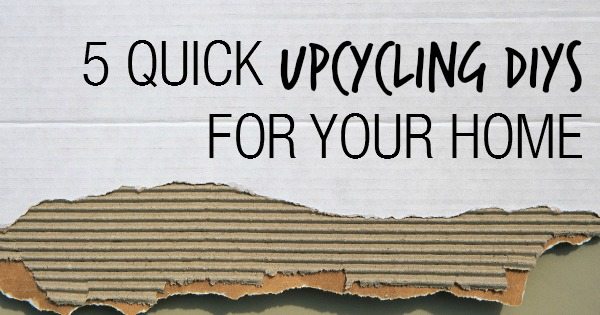
Many Australians are lucky enough to be able to buy stuff. We’ve been taught that with money and resources comes happiness – and that happiness can be found in our material possessions.
Thankfully, many Australians are also lucky enough to be exposed to information about the unsustainable ways our possessions are made, used and disposed of. The truth is, a lot of our stuff comes from the sacrifice of the natural world and other people. It’s time to see possessions as a privilege and do all we can to cut back.
What can we do about our obsession with ‘stuff’?
The best way to do this is to stop buying new things altogether. But short of moving to an isolated island and living off the grid as well as self-sufficiently, it’s difficult to completely escape our pervasive purchase culture while living in the city. Instead, try asking yourself these three questions when you’re buying something new:
1. What resources went into creating, producing, packaging, and delivering this product to me?
2. Will my use of this product achieve a good return on investment for those resources?
3. Is there another way? Do I already have something like this at home? Could I borrow this from someone I know? Is there a less resource-intensive alternative? Could I buy this second-hand? Could I make this out of something I already have?
Upcycling could be the answer to that last question. According to Wisegeek:
“Upcycling is designed to work in opposition to consumer culture, encouraging people to think of new and innovative ways to use things, instead of simply buying new consumer goods. It also benefits the environment, by promoting reuse over discarding whenever possible”.
This is particularly important when many of today’s products are designed not only for a single use, but will also often outlive their owner. To give you an idea of how bad this system is, think about this: nearly every single piece of plastic ever created still exists somewhere. This can’t go on.
In Australia, many know the easily remembered, harder to implement anti-waste mantra of the beginning of this century: reduce, reuse, recycle. In this three word anti-waste slogan, upcycling fits within the realm of reusing.What’s the difference between upcycling and recycling?
Where recycling takes consumer products like plastic and paper, and breaks them down to make other products – usually of lower quality or value – upcycling turns low value consumer products into new items that ideally are of higher value or need. It’s the deliberate action of seeing a need and filling it not with a new product, but rather a mix of those you have or aren’t using.
TIP: When venturing into the world of upcycling, it’s important to remember this caveat: there’s a difference between starting an upcycling project because it’s fun or creative, and upcycling because you have a need. If you’re upcycling for fun, try to make sure you’re not wasting products you might otherwise use, buying too many new products for your product, or making something you’ll never use.
There’s no better place to find upcycling and DIY how-to’s than the Internet. So we’ve scoured the web to find some of the best upcycling tips for your home. Check them out below.
5 quick upcycling DIYs for your home
Bamboo Skewer Scent Diffuser
Find the tutorial on PopSugar here. Photo: Sarah Lipoff
Bottle Charging Station
PopSugar also put together this handy DIY – read the instructions here. Photo: Sarah Lipoff
Mason Jar Planters
Tutorial via notjustahousewife.com.
Milk Carton Watering Can
This one’s pretty straightforward, but you can check out the tutorial from ajourneytoadream.co here.
Plastic Bottle Bird Feeder
[optin-monster-shortcode id=”yvqepuxvguhcvfh22aie”]
Right now, Greenpeace is running a Green Living blog series. If you want more tips about how to make more environmentally-friendly and sustainable lifestyle choices, you can subscribe for blog updates here.
Want more upcycling tips?
If you like our content, have suggestions, or would like to request a blog on a Green Living topic – let us know in the comments section below!
Learn more about the impacts of our consumer culture
For more information about the cycle of goods we perpetuate – check out this great mini-documentary called ‘The Story of Stuff’.

